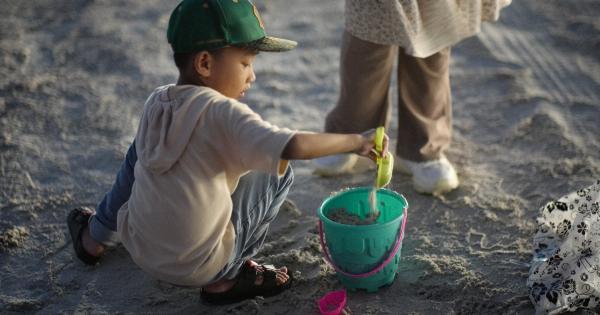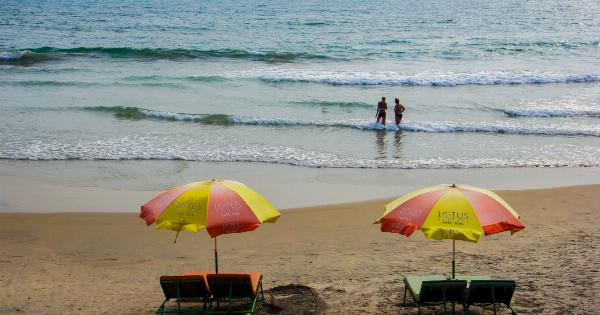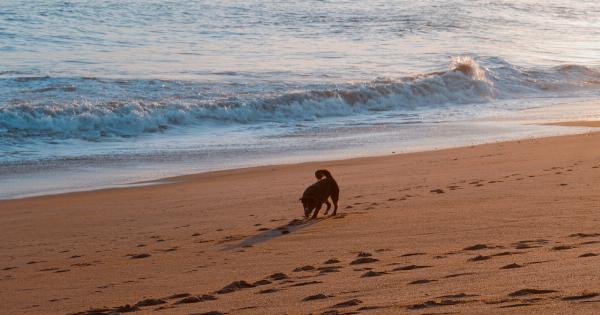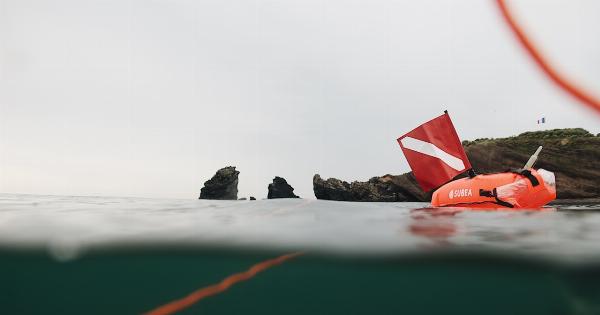Summer is a season when families love to spend their weekends on the beach. The warm sand, the sound of waves, and the fresh ocean breeze make for an excellent time.
However, parents should be aware of some of the common dangers that are often present on the beach. In this article, we will discuss ten beach dangers parents should be aware of.
1. Sunburn
As enjoyable as it can be to soak up the sun, it’s important to take necessary precautions to protect your skin from getting sunburned. Sunburns can not only cause pain but also increase the risk of skin cancer.
Apply sunscreen with at least SPF 30 and reapply every two hours to prevent sunburns.
2. Heat Exhaustion
Spending too much time under the sun can cause heat exhaustion. Symptoms of heat exhaustion include dehydration, nausea, and feeling lightheaded or weak.
Make sure to stay hydrated and take frequent breaks in the shade, especially during the hottest hours of the day.
3. Rip Currents
Rip currents are strong and fast-moving flows of water that can pull swimmers away from the shore, making it challenging to swim back. Teach your kids not to panic if they get caught in one and to swim parallel to the shore until they’re out of it.
4. Jellyfish Stings
Jellyfish can sometimes be found on the beach, and their tentacles can give painful stings. The best way to prevent jellyfish stings is to avoid swimming in areas where they’re found.
If you do get stung, rinse the affected area with vinegar to soothe the pain.
5. Sea Lice
Sea lice are small parasites that live in the ocean, and their bites can cause rashes and itching. The larvae of sea lice are often found in warm waters during summer. Applying vinegar can help relieve itching caused by sea lice bites.
6. Sand Fevers
It’s common for children to get sand in their eyes or ears while playing on the beach. Unfortunately, this can cause irritation and even infections. Teach your kids to rinse their eyes and ears thoroughly with freshwater if they get sand in them.
And don’t forget to bring a beach umbrella to create a shaded spot where sand won’t be as likely to blow around.
7. Sunken Logs and Rocks
Wet wood and rocks can become slippery and cause injury to children who are running or playing on the beach. Make sure to keep an eye out for any hazards on the beach and encourage your kids to stay in areas where they can see the bottom of the water.
8. Broken Glass
Broken glass can often be found on the beach, and it can be dangerous for children playing on the sand. Make sure you pack your sand toys and drinks in reusable containers to prevent broken glass from injuring your children, or anyone else around.
9. Strong Winds
Strong winds can pick up beach umbrellas, towels, and other loose items, which can lead to accidents. Make sure to keep heavier items close by on a windy day, and put the beach umbrella down during particularly strong gusts of wind.
10. Wildlife
Beaches are home to many wild animals, such as seagulls, crabs, and marine life. If you’re not careful, you may accidentally step on or come into contact with one of these creatures, causing an injury.
Teach your kids to respect wildlife and to avoid getting too close to them.






























